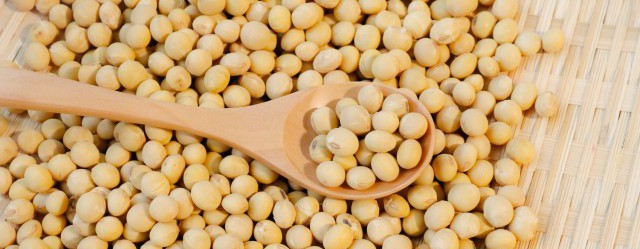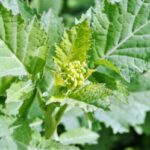
As of March 31, 2023, the transitional period for the revision of the conditions for the voluntary labeling of “non-GM” will end. This time, we have reviewed the revised labeling method.
Main points of revision
- The requirements to label “non-GM” will be made stricter from their current state (i.e. unintentional presence of genetically modified soybean/corn shall be equal to or less than 5%*1) to “not detected.”
- In the case of 5% or less contamination, voluntary labeling indicating “separate production and distribution management (IP handling) is appropriately implemented”*2 is allowed.
Notice:
*1 Unintentional presence of material: Certain contamination of genetically modified agricultural products at a certain level even under proper IP handling.
*2 IP handling: Genetically modified agricultural products and non-genetically modified agricultural products are properly handled so as not to be mixed with each other at each stage of production, distribution and processing from farms to food business operators, and this process is certified by documents and so on.
Specific examples of labeling after the revision
The following are three examples of labeling for genetically modified soybeans.
(1) When non-segregated soybeans are used as ingredients
| <Labeling examples> -Soybean (Not segregated from GM product) |
If GM and non-GM agricultural products are not segregated, labeling is mandatory. Words other than “Not segregated from GM product” may be used as long as consumers can understand from the label that the ingredient is “not segregated”. As a means of correctly conveying information to consumers, providing an explanation of the meaning of “not segregated” outside of the mandatory labeling frame will help consumers to understand the term “not segregated” correctly.
(2) When Soybean (with 5 % or less of unintentional contamination with GM products after IP handling was properly implemented) is used
| <Labeling examples> -Soybean -Soybean (handled to prevent contamination with GM products) -Soybean (IP handling implemented) -Soybeans used as ingredients are handled under IP handling to prevent contamination with GM products* *These are some examples of labeling outside the frame where mandatory labeling items are grouped together. |
It is possible to indicate “IP handling is properly implemented” voluntarily.
In that case, it is necessary to clearly indicate that GM agricultural products and non-GM agricultural products are separately handled at each stage of production, distribution, manufacturing, and processing.
(3) When soybean (confirmed as non-GM after IP handling was properly implemented) is used
| <Labeling examples> -Soybean (Non-GM) -Soybean (Not genetically modified) |
“Non-GM” labeling will be allowed only for soybean, corn, and processed foods made from these products as ingredients whose IP handling has been properly implemented and are found to be free of GM agricultural products. It should be noted, however, that if the scientific and social review conducted by the administration confirms that the used ingredient contains genetically modified agricultural products, the labeling will be inappropriate.
At present, the following are considered valid to confirm that no GM products are mixed in agricultural ingredients.
- Agricultural products verified to be free from contamination with GM products at the place of production are packed in bags or their dedicated containers, transported, and opened for the first time by manufacturers
- The products are certified to meet all the following conditions
- Grown in Japan, or in countries that have never practiced commercial cultivation of GM agricultural products
- Confirmed and proven that the product is not mixed with imported products from countries where GM agricultural products are grown (including the cases where IP handling is properly implemented and also the contamination is controlled to be 5% or less) in the process of production or distribution
- In the process of production or distribution, each business operator proves that GM products are not contained and the trades by such business operators are conducted using a certificate of IP handling stating that GM agricultural products are not contained
Overview
Please note that “non-GM” labeling is only allowed when GM agricultural products are proven as “not contaminated”. As there is only a short period of time left for transition, I think it is a great opportunity for businesses that handle the applicable labeling to reconfirm their labels.
Reference
Food Labeling Standards Q&A Attached Items regarding genetically modified foods
Share/Like/Follow:
Newsletter Signup
We issue monthly e-newsletters, which provide you with the latest updates on food labeling/regulations in Japan.
If you want to make sure to not miss any issue, please click below.
Related Service
Research Services on Ingredients & Food Labeling -For the Japanese Market-
We verify the conformity of ingredients and additives with the standards for use in Japan based on specifications such as formulation lists. We also verify the conformity of the proposed labeling of ingredient names, nutrients, etc. with the labeling standards based on specifications such as formulation lists.
Label bank Co., Ltd. Regulatory Review and Development
Born in Japan. Specializing in nutrition, she is engaged in research work on ingredients and labeling drafts for food products distributed mainly in Japan, as well as consulting.






